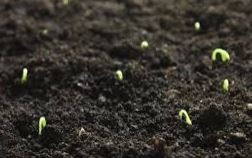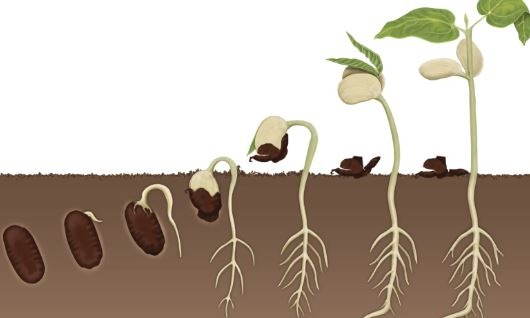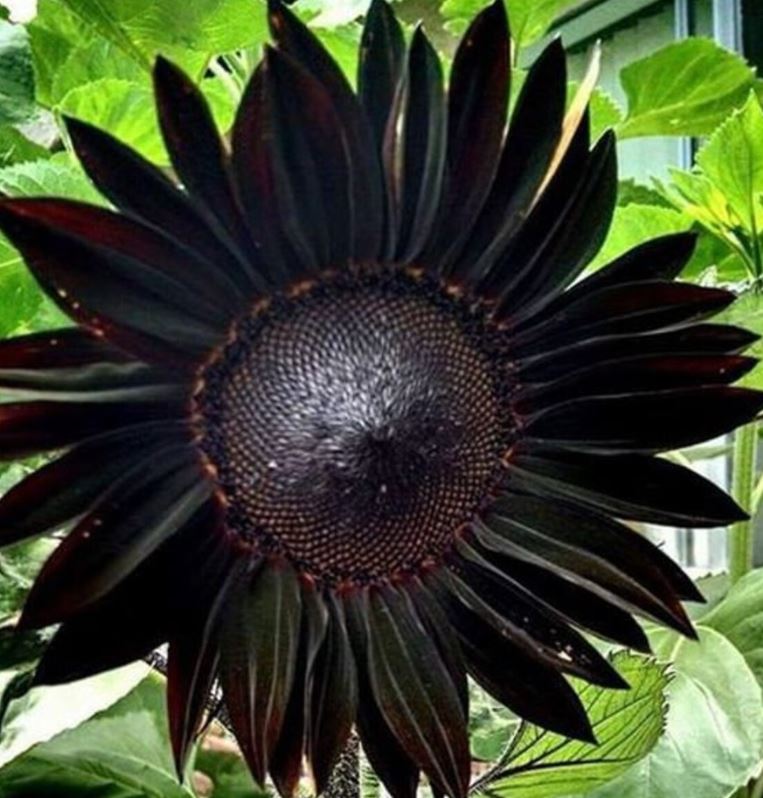Introduciton
Seed germination is a fascinating process that involves various factors to ensure successful growth and development. One such important factor is cold stratification. In this blog post, we will explore what cold stratification is, its significance in seed germination, and how it can be effectively utilized to improve the success rate of growing plants from seeds.
Definition of Cold Stratification:
Cold stratification refers to the process of subjecting seeds to a period of cold and moist conditions before planting. It mimics the natural conditions required for seed germination in many plant species, particularly those originating from temperate climates. By exposing the seeds to a period of cold temperatures, it breaks the seed’s dormancy and prepares it for sprouting when favorable growing conditions are present.
The Significance of Cold Stratification:
Cold stratification serves as a vital mechanism for plants to ensure that their seeds germinate at the most opportune time for survival. In nature, the seeds of many plant species require exposure to a prolonged period of cold temperatures, typically during winter, to initiate germination. This process helps plants synchronize their growth with the changing seasons, allowing them to optimize resource availability and avoid unfavorable conditions.
The Mechanism behind Cold Stratification:
During cold stratification, seeds experience a series of physiological changes that break their dormancy and initiate germination. The exposure to cold temperatures triggers the breakdown of certain inhibitory compounds within the seed coat, allowing water and oxygen to penetrate and activate metabolic processes. This period of moist coldness also helps to soften the seed coat, making it more permeable to water and nutrients necessary for germination.
Methods of Cold Stratification:
There are several methods to cold stratify seeds, depending on the plant species and the desired outcome. One common method involves placing the seeds in a moist medium, such as damp sand or peat moss, and refrigerating them for a specific duration. Another approach is sowing the seeds directly outdoors in late autumn, allowing them to naturally undergo the cold stratification process during winter.
Benefits of Cold Stratification:
Cold stratification offers numerous benefits for gardeners and horticulturists. It improves the germination rate and speed, especially for seeds that have hard seed coats or require specific environmental cues to sprout. It also expands the range of plants that can be successfully grown from seed, as many native and rare species rely on cold stratification for germination. Additionally, cold stratification can help synchronize the planting schedule, ensuring optimal growth conditions for each plant species.
Proudly powered by WordPress




